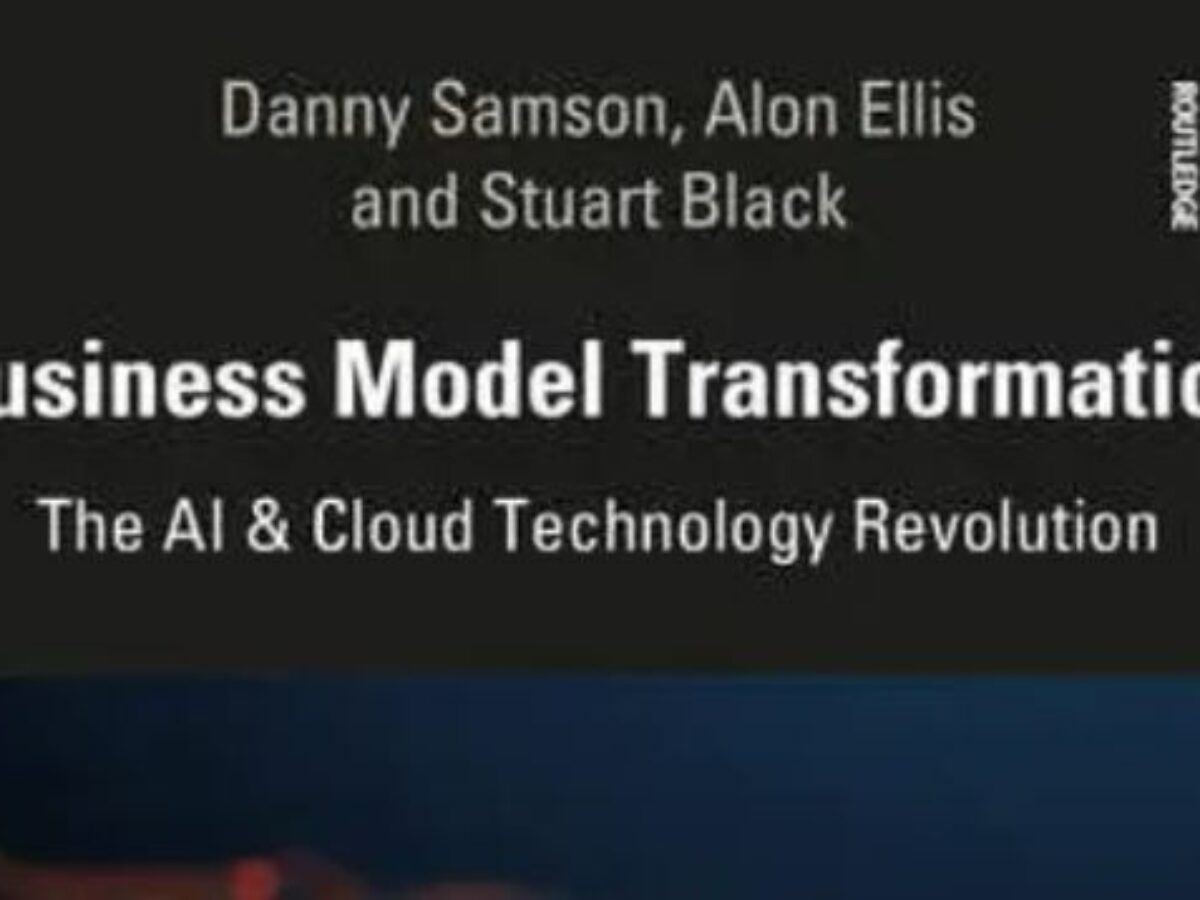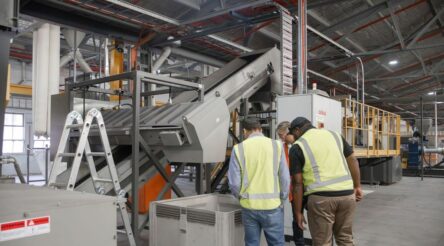AI and Cloud to drive business performance – by Danny Samson

Melbourne university’s Professor Danny Samson looks at the cutting edge of AI and Cloud technologies in his new book Business Model Transformation: the AI and Cloud Revolution. Through case studies he shows the business strategy and performance benefits are not just available for large, listed companies, but can be embraced by Australia’s SMEs through proactive leadership.
When I teamed up with Deloitte and University of Melbourne colleagues Alon Ellis and Stuart Black to write this book, it was based initially on the premise that AI and Cloud were two powerful and ubiquitous technology sets that are being adopted faster in other OECD countries than in Australia.
Our primary interest was not to examine exactly why and how far behind we might be, but to document ‘what works’ both here and overseas in using AI and Cloud to drive business strategies and performances forward.
We wrote this book to highlight the large opportunity that exists for Australian organisations to use these technologies, to transform their businesses to keep pace with or ahead of the leading edge of competitiveness.
Of course, the other side of that coin is the threat of what will likely occur to laggards, who do little or nothing about technology enabled transformations, when their competitors are.
The time to act on this change in perspective is now.
In much of the rest of the developed world, such transformations are moving apace, and since much of competition is global these days, local laggards have only a limited time until their lack of global competitiveness is found out.
To illustrate international developments, we have compiled case studies of well-known incumbent businesses that have seized the opportunity to remake themselves, including their business model, customer offerings and cost structures.
Those enabled by these technologies include Rolls Royce, Samsung, Netflix, Bank of America and Asia’s DBS bank.
We have interviewed executives and compiled fourteen Australian case studies of companies that have proactively transformed on the back of AI and/or Cloud technologies.
These case studies come from highly varying sized organisations, across many sectors and industries, and are each quite unique in terms of the context and opportunity set that was involved.
Some focussed on new products and services, others on process transformation, and yet others on whole of business model renewal.
These case studies were selected because they demonstrate what was and hence what can be achieved, along with the positive outcomes for customers, presenting primarily through a combination of improvements in cost, quality/ service, delivery, availability, innovation and flexibility/ agility.
These operational and market-oriented improvements translate into an improved bottom line outcome for stakeholders.
Many readers will be familiar with the Gartner hype curve: as shown by hundreds of companies such as in our case studies, AI and Cloud have clearly moved beyond the hype stage to delivering real and continuing upwards performance.
Our Australian case studies have demonstrated that small companies, not-for-profits and government agencies can use AI and/ or Cloud to drive their transformation and performance.
It is definitely not just for listed companies.
We did find a number of clearly important capability factors common to those organisations that succeed in AI or cloud enabled transformations.
While few of our local case studies were as spectacularly successful as Bank of America, Netflix or Rolls Royce (jet engines), the single most important factor was proactive leadership.
With strong and well-informed proactive leadership, all else is possible.
Conversely, without proactive leadership in place, it’s extremely unlikely that the business and technology strategies with be individually sound and collectively aligned, resourced and deployed.
Readers have so far given us strong feedback especially about the insights that come directly from the case studies.
Australian organisations can be confident that moving down the path of transforming to renewed business models can be enabled by these technologies, and that there is a significant opportunity cost of ignoring or just paying lip service to them.
This book provides guidance and motivation for business executives, managers and students interested in innovating and transforming their businesses through the use of the two critical new technologies.
The book also defines what AI and Cloud-based business transformations are and what they can do for businesses.
Furthermore, it explains why it is imperative that businesses should address the business opportunities of these technological advancements, without going into the technical details any more than the ‘literacy’ that is necessary for business leaders.
In my many years of university teaching and advisory consulting work, I have often seen large gaps in mindset between boards and business leaders on one hand and technical people on the other.
These case studies taught us how to bridge that gulf, because the technologies of Cloud and AI are now much more directly effective in driving business transformation and innovation than in previous decades, with less inherent riskiness and more appeal to both employees and customers.
Dr Danny Samson is Professor of Management at the University of Melbourne, holding degrees in chemical engineering and business. He is programme director, Masters of Enterprise and Supply Chain Management, a director of the Australian Institute of Management and co-editor in chief of Operations Management Research.
@aumanufacturing Sections
Analysis and Commentary Awards Defence Manufacturing News Podcast Technology Videos










